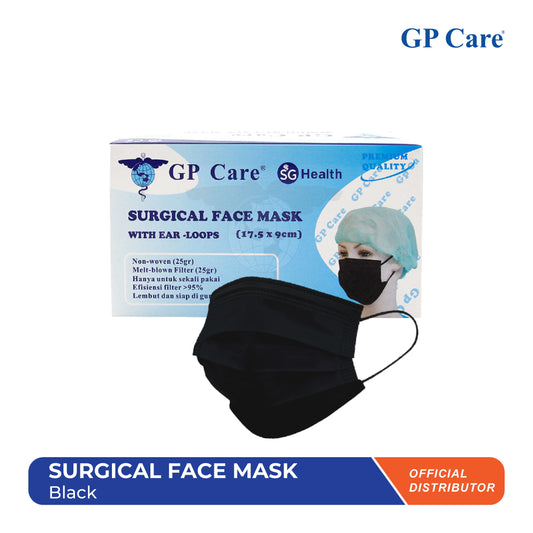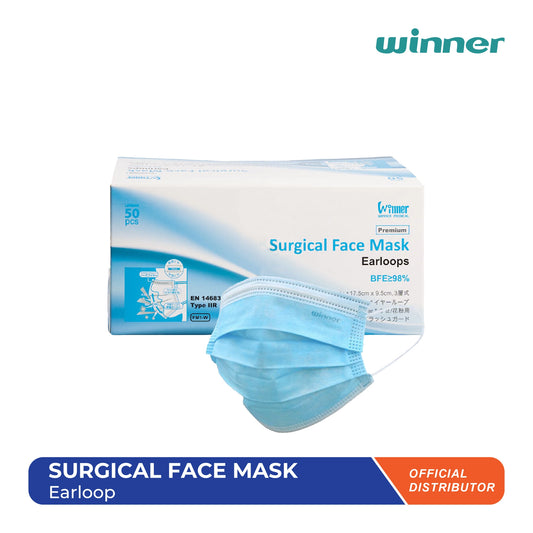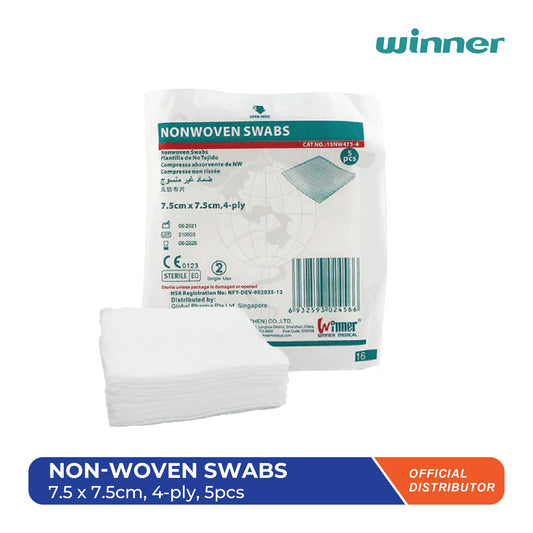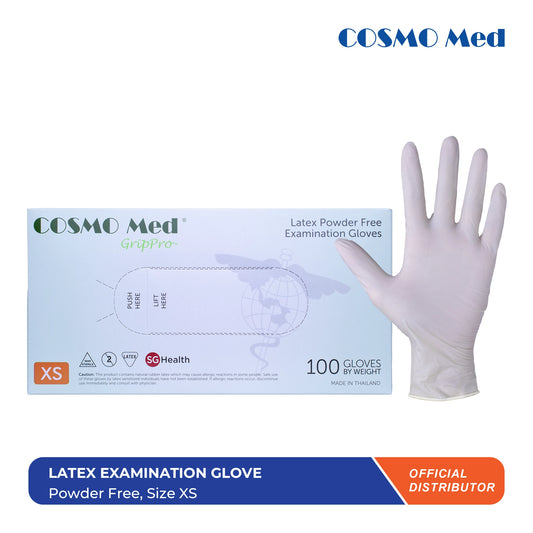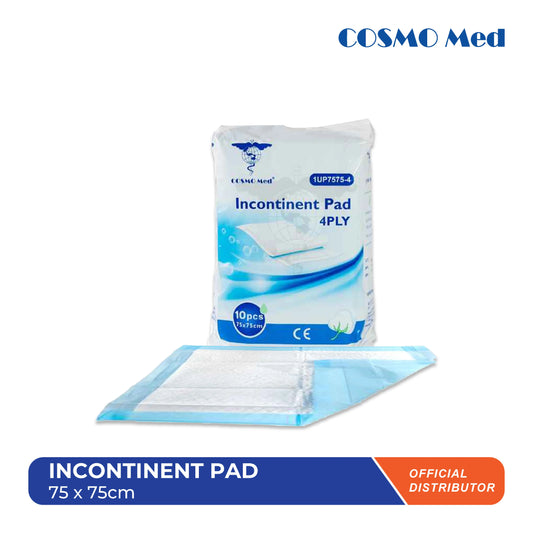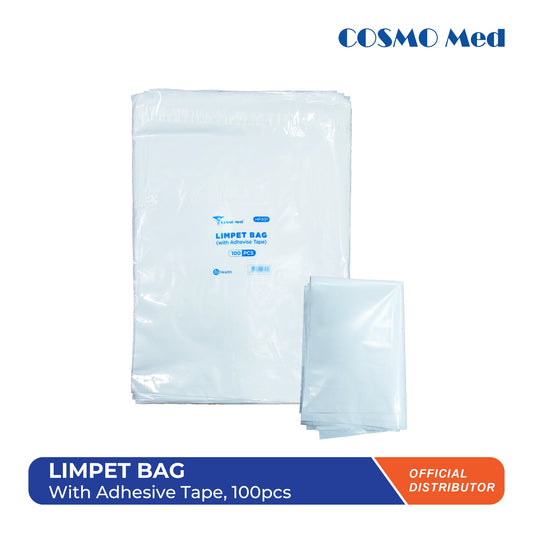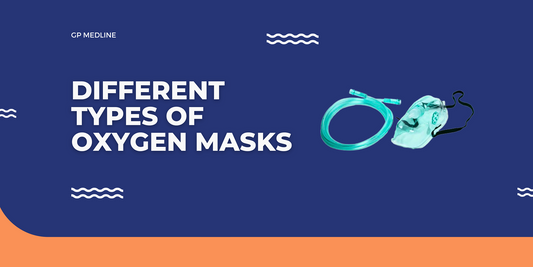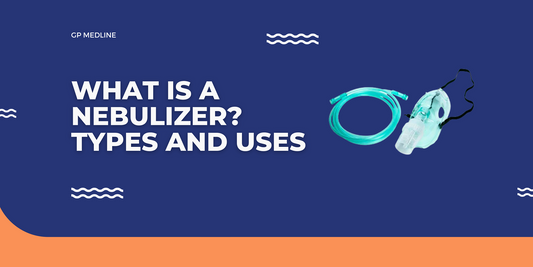Nebulizers are essential medical devices that deliver medication directly to the lungs. This guide provides an in-depth exploration of nebulizer, including their types and uses, to help you understand their significance in respiratory therapy.
What is a Nebulizer?
A nebulizer is a device that converts liquid medication into a fine mist, making it easier for patients to inhale the medication directly into their lungs. This method of delivery is particularly effective for treating respiratory conditions such as asthma, chronic obstructive pulmonary disease (COPD), and other lung-related ailments.
Nebulizer use a compressor to turn liquid medication into a mist. The patient breathes in this mist through a mouthpiece or mask, allowing the medication to reach deep into the lungs for maximum effectiveness.
Types of Nebulizers
Jet Nebulizers
Jet nebulizers, also known as compressor nebulizers, are the most commonly used type. They use compressed air to convert liquid medication into a fine mist.
How They Work
A compressor forces air through a liquid medication, creating a mist that the patient inhales through a mouthpiece or mask.
Advantages
- Effective for a wide range of medications: Jet nebulizers can be used with many different types of medication, making them versatile.
- Suitable for all age groups: They are safe and effective for both children and adults.
- Affordable: Generally, jet nebulizers are less expensive compared to other types.
Disadvantages
- Noisy: The compressor can be quite loud, which may be disturbing, especially for children.
- Bulky: These nebulizers are typically larger and less portable.
Ultrasonic Nebulizers
Ultrasonic nebulizers use high-frequency sound waves to produce a fine mist from liquid medication. They are known for their quiet operation and portability.
How They Work
Sound waves generated by an ultrasonic transducer create vibrations in the liquid medication, turning it into a mist.
Advantages
- Quiet operation: Ultrasonic nebulizers are much quieter than jet nebulizers.
- Portable and lightweight: They are compact and easy to carry, making them suitable for travel.
- Fast treatment times: These nebulizers can deliver medication more quickly.
Disadvantages
- Not suitable for all medications: Some medications can be damaged by the ultrasonic waves.
- More expensive: Ultrasonic nebulizers generally cost more than jet nebulizers.
Mesh Nebulizers
Mesh nebulizers use a fine mesh to create a mist from liquid medication. They combine the best features of both jet and ultrasonic nebulizers.
How They Work
A vibrating mesh with thousands of tiny holes produces a fine mist that the patient inhales.
Advantages
- Quiet and portable: Mesh nebulizers are quiet and easy to carry, making them ideal for use on the go.
- Efficient medication delivery: They produce a consistent, fine mist that ensures effective medication delivery.
- Suitable for a wide range of medications: Mesh nebulizers can be used with most medications.
Disadvantages
- More expensive: These nebulizers are typically the most expensive type.
- Requires regular maintenance: The mesh can become clogged and needs to be cleaned regularly to maintain effectiveness.
Uses of Nebulizers
Asthma Management
Nebulizers are crucial in asthma management. They deliver bronchodilators and corticosteroids directly to the lungs, providing quick relief from asthma symptoms such as wheezing, shortness of breath, and chest tightness.
Chronic Obstructive Pulmonary Disease (COPD) Treatment
For COPD patients, nebulizers are used to deliver medications like bronchodilators, corticosteroids, and antibiotics, which help manage symptoms and reduce exacerbations.
Respiratory Infections
Nebulizers are used to treat respiratory infections by delivering antibiotics, antivirals, and antifungals directly to the lungs.
Cystic Fibrosis
In cystic fibrosis, nebulizers deliver medications such as mucolytics and antibiotics to help manage the thick mucus that characterizes the disease.
Bronchiectasis
Nebulizers are used to manage bronchiectasis by delivering bronchodilators, mucolytics, and antibiotics.
Allergic Rhinitis and Sinusitis
Nebulizers deliver saline solutions and corticosteroids to the nasal passages and sinuses, providing relief from allergic rhinitis and sinusitis.
Pediatric Uses
Nebulizers are often used for children who have difficulty using inhalers or require frequent medication for conditions like asthma, bronchiolitis, or respiratory infections.
Conclusion
Nebulizers play a crucial role in respiratory therapy, offering a direct and effective way to deliver medication to the lungs. Understanding the different types of nebulizers and their uses can help patients and healthcare providers choose the best device for managing respiratory conditions. By selecting the right nebulizer, patients can achieve better health outcomes and improved quality of life.





